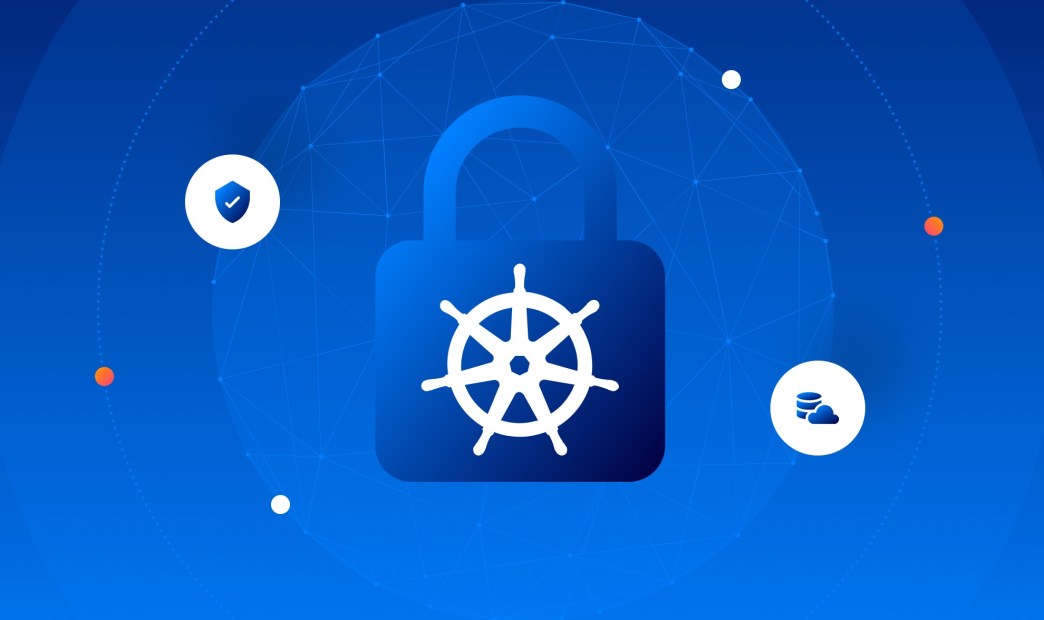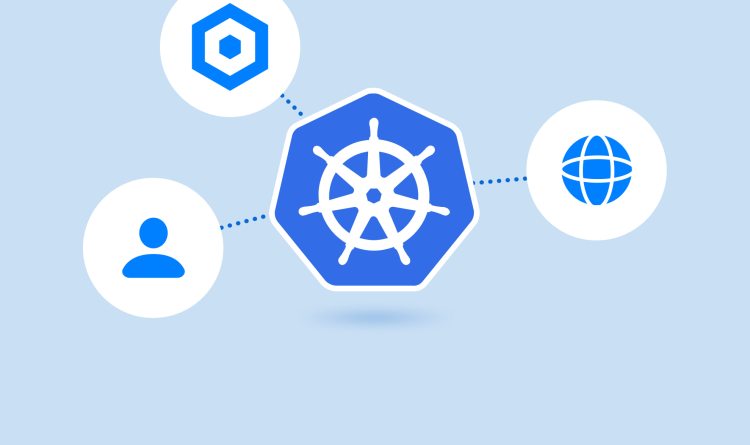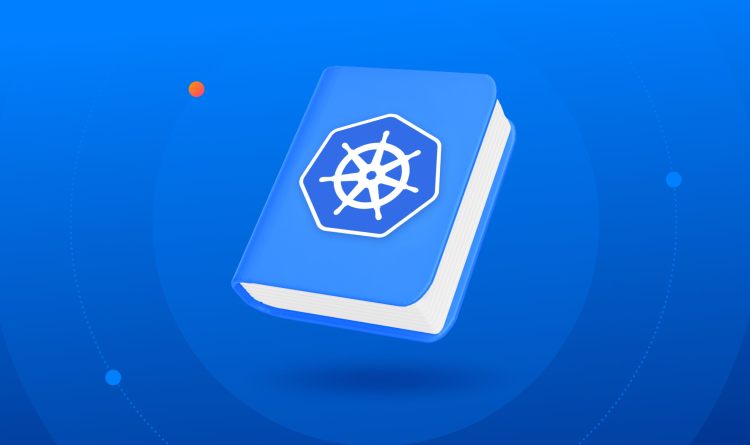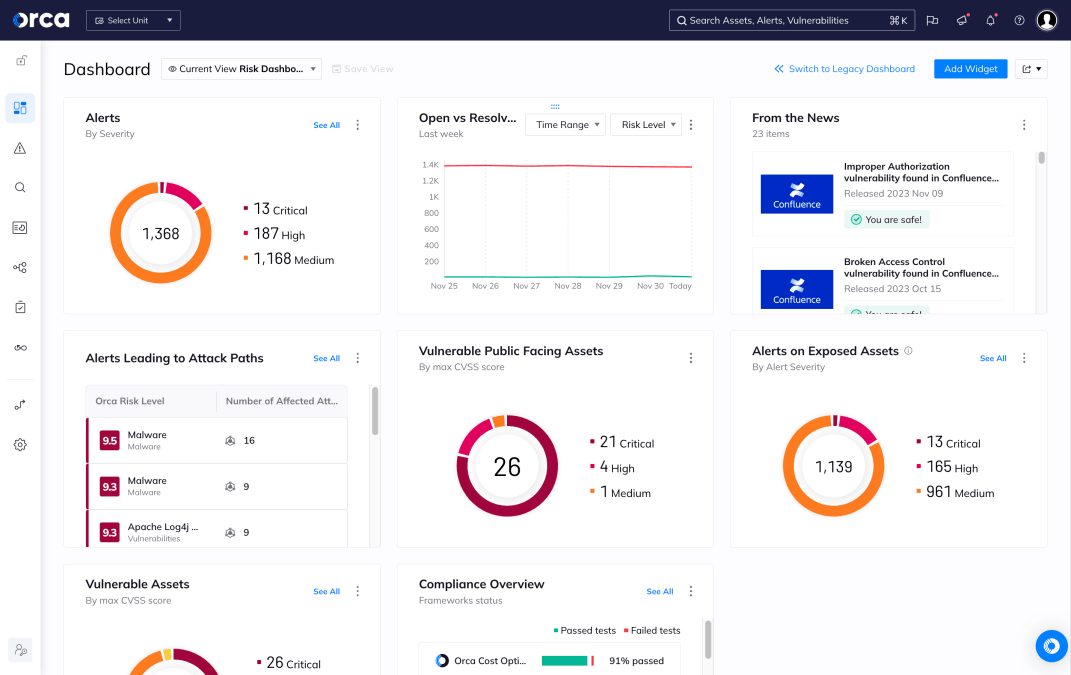Maintaining and monitoring the security posture of organizations has been the goal of SecOps and SoC teams for as long as they have existed. Over the years, automation frameworks that utilized custom playbooks to check against the known inventory of systems in production became popular. Later, when private, public, and hybrid clouds became more mainstream, we saw the rise of solutions like Cloud Security Posture Management (CSPM), which could compare all of the services that were enabled on a given cloud platform against known best practices, along with any custom rules the organization created.
Detecting misconfigurations via CSPM works well at the cloud level, but some services need extra attention due to the sheer complexity that often exists within each instance. Kubernetes is a good case in point. The complexity is further compounded when you run it on multiple clouds using multiple distributions (like AKS and GKE), then extend it on-premises, where you use yet another set of distributions (such as OpenShift and RKE2). This doesn’t even include DIY clusters.
What is Kubernetes Security Posture Management (KSPM)?
Kubernetes Security Posture Management (KSPM) solutions are built with an inherent understanding of the complexity of the Kubernetes core platform and the ways in which it is extended within the ecosystem. So, regardless of which distribution, hosted offering, or local deployment of Kubernetes is in use, a KSPM solution will be able to maintain a consistent baseline to ensure the best possible Kubernetes security profile for the organization’s needs. This could mean enforcing anything from in-house rules like naming conventions to industry-standard best practices documented in the CIS Kubernetes Benchmarks.
Why is Kubernetes Security Posture Management Important?
Kubernetes has become a popular choice for container orchestration due to its scalability, flexibility, and ease of use. However, ensuring the security of Kubernetes deployments is of utmost importance. Without proper security measures, organizations can fall prey to various risks and vulnerabilities, potentially leading to severe consequences. In a Kubernetes environment, security threats can arise from misconfigured clusters, unauthorized access, insecure container images, and more. These vulnerabilities can result in data breaches, unauthorized access to sensitive information, or even disruption of critical services.
This is where Kubernetes Security Posture Management comes into play. KSPM is a comprehensive approach to managing and maintaining the security posture of Kubernetes deployments. It involves implementing various security measures, such as secure cluster configurations, access control, container image security, network security, and continuous monitoring.
By adopting KSPM, organizations can proactively identify and mitigate security risks, prevent unauthorized access, and maintain a robust security posture. KSPM helps ensure the confidentiality, integrity, and availability of resources within the Kubernetes environment, protecting sensitive data, and preserving the overall integrity of the system.
What does KSPM do?
The short answer is that KSPM is like having a second opinion from another professional (like having another lawyer review a contract or getting a second estimate for a renovation project). A second set of eyes will usually notice something that the first set missed or, in this case, something that hadn’t been updated to the latest specification.
Visibility into the Entire Cluster
For KSPM to be effective, it needs to run with the highest level of visibility into a cluster to ensure that it has access to review and remediate all aspects of the cluster’s configuration.
This includes (but isn’t limited to):
- RBAC – ClusterRole and RoleBinding,
- Workloads – StatefulSet and Deployment,
- Node information,
- K8s API-related event streams.
Risk Assessments and Compliance Validation
Arguably the most important aspect of KSPM is that it constantly scans and validates against best practices and any standards that an organization’s security team or developers have chosen to implement. If anything does not meet the required standards, it can be flagged for the logging and alerting system to pick up. In many cases, it can even be automatically remediated.
For example, this might happen when:
- pods attempt to run with escalated privileges,
- a new role is added unexpectedly,
- a non-standard port is opened,
- an ingress controller is created when TLS is not enabled.
Similarly, KSPM also watches workload deployments and any other configuration items so that it can flag anything that is using a deprecated API or other specification. For example, KSPM would notice if an API moved from beta to GA.
To understand how useful KSPM can be, just think about the phasing out of Kubernetes pod security policies. These policies, which have been a reliable way to ensure some level of pod compliance, have been marked as deprecated in favor of admission controllers in Kubernetes 1.21, and they will be phased out in version 1.25. If you’re using the current version, which is version 1.24, you could use KSPM to catch any pod security policies that exist across all of the clusters in your environment. Otherwise, you might have pod security policies in place in an application that is rarely updated, or your developers might not be aware of the situation, and your deployment could unexpectedly fail in six months after a routine upgrade. That would be the last thing you’d want to happen.
Automated Remediation
After identifying new configurations or configurations that have drifted away from compliance, there are two main approaches to remediation. The first is to apply corrective action, such as removing a service that asked for a non-standard port. The second option is more proactive; you could apply admission controllers and similar policies to block changes that do not meet the requirements of the policies that you have in place. (You could even leverage other technologies like Open Policy Agent.) For example, if you come across an image with known CVEs, you could simply choose not to run a container based on that image.
5 Best Practices for Using KSPM to its Fullest Potential
To make the most of Kubernetes Security Posture Management and ensure robust security for your Kubernetes deployments, consider implementing the following best practices:
- Proper Configuration and Continuous Monitoring: Begin by configuring your Kubernetes clusters securely, following best practices such as using strong passwords, enabling encryption, and restricting unnecessary privileges. Continuously monitor your clusters to detect any configuration drifts or security vulnerabilities promptly.
- Regular Vulnerability Assessments and Penetration Testing: Conduct regular vulnerability assessments and penetration testing to identify potential weaknesses in your Kubernetes environment. These assessments help you proactively identify and remediate security flaws before they can be exploited by malicious actors.
- Timely Updates and Patch Management: Keep your Kubernetes components, including the control plane and worker nodes, up to date with the latest patches and security updates. Regularly update container images and ensure that you address any known vulnerabilities promptly. Implementing a robust patch management process helps protect against emerging threats.
- Role-Based Access Control (RBAC) and Strong Authentication: Implement role-based access control mechanisms to manage user access and permissions within your Kubernetes environment. Enforce strong authentication mechanisms such as multi-factor authentication (MFA) or certificate-based authentication to enhance the security of user identities.
- Education and Training: Educate and train your personnel on Kubernetes security best practices. Make sure they understand the importance of adhering to security policies and procedures, recognizing potential security threats, and following secure coding practices. By fostering a security-conscious culture, you can significantly reduce the risk of security breaches.
By implementing these best practices, you can leverage KSPM to its fullest potential and establish a robust security posture for your Kubernetes deployments. Remember that security is an ongoing effort, and it’s essential to regularly review and update your security practices to address evolving threats and vulnerabilities.
What to Look for in a KSPM Solution?
Selecting the right Kubernetes Security Posture Management solution is crucial to effectively manage and maintain the security of your Kubernetes deployments. When evaluating KSPM solutions, consider the following key factors:
- Comprehensive Security Features: Look for a solution that covers essential security aspects such as secure cluster configuration, access control and authentication, container image security, network security, and auditing capabilities. It should offer a wide range of security measures to address potential vulnerabilities comprehensively.
- Automation and Scalability: Managing security posture in Kubernetes environments can be complex, especially in large-scale deployments. A robust KSPM solution should provide automation capabilities to streamline security processes and scale effortlessly as your Kubernetes infrastructure grows.
- Real-time Visibility and Monitoring: Ensure the KSPM solution offers real-time monitoring and visibility into your Kubernetes clusters. It should provide insights on security events, potential threats, and anomalies, enabling proactive detection and response to security incidents.
- Integration with Existing Tools: Consider how well the KSPM solution integrates with your existing security tools and systems. Seamless integration allows for a holistic security approach, leveraging the strengths of different tools and maximizing the effectiveness of your overall security strategy.
- Ease of Use and Vendor Support: Evaluate the user-friendliness of the solution and the availability of vendor support. A user-friendly interface and comprehensive documentation can simplify implementation and ongoing management. Additionally, reliable vendor support ensures assistance when needed.
Managing Kubernetes Security Risks with KSPM
KSPM is not just another buzzword. Like GitOps, SRE, and many other new concepts, any organization that uses Kubernetes as their platform for service delivery can benefit from introducing KSPM into their technology landscape. Not only can it report when something is out of compliance, but it also has the ability to perform remediation on its own to ensure compliance. This saves time and money that can be invested in product enhancements and other activities to improve the customer experience instead.
Looking for a KSPM solution? Orca Security offers a comprehensive cloud security platform that offers advanced features specifically designed for Kubernetes and container security. With its deep visibility, Orca Security provides near real-time risk assessment, vulnerability management, and compliance monitoring to help organizations ensure the security and compliance of their Kubernetes environments.
Sign up for Orca Security’s free risk assessment to gain much-needed visibility and improve your Kubernetes and cloud security in your organization.




